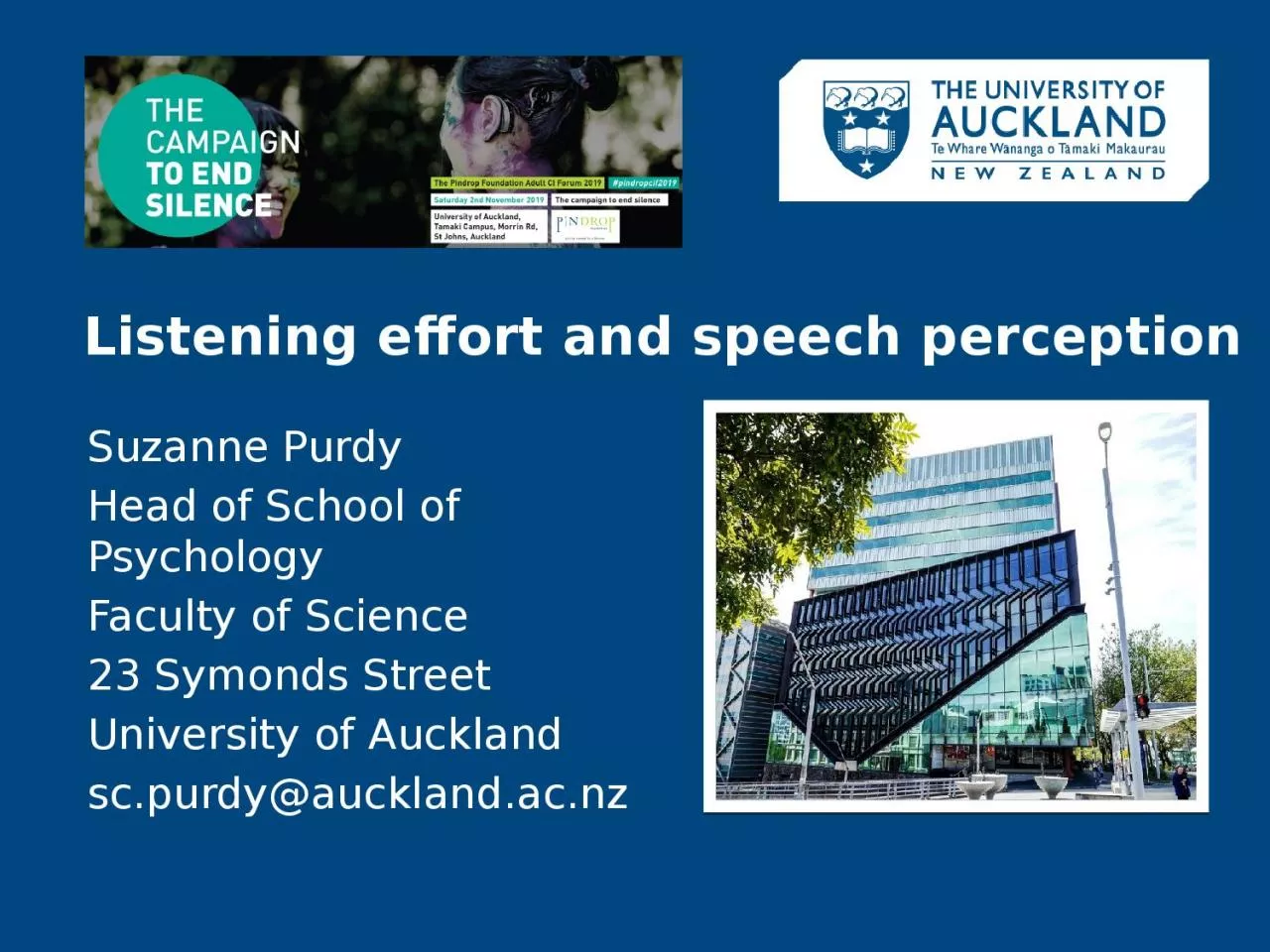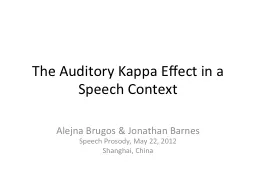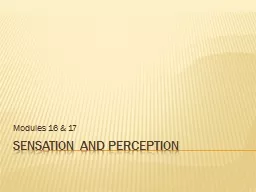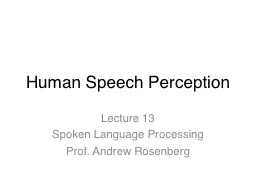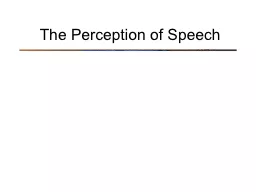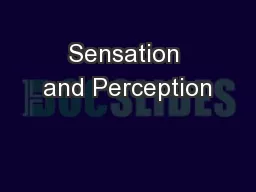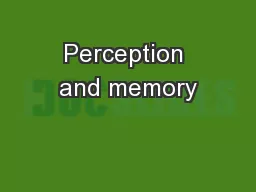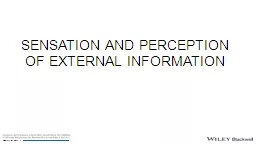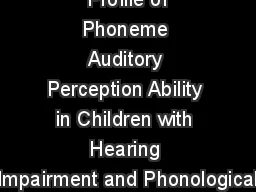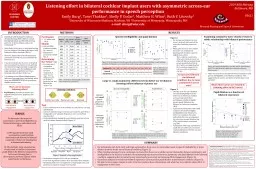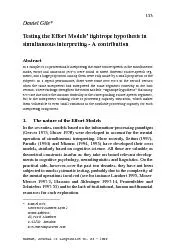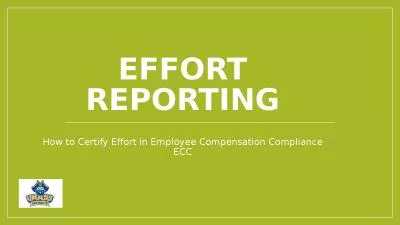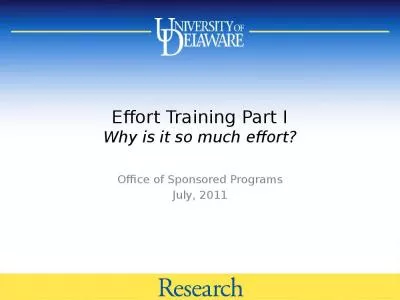PPT-Listening effort and speech perception
Author : felicity | Published Date : 2024-01-03
Suzanne Purdy Head of School of Psychology Faculty of Science 23 Symonds Street University of Auckland scpurdyaucklandacnz Abin KuruvillaMathew Oscar
Presentation Embed Code
Download Presentation
Download Presentation The PPT/PDF document "Listening effort and speech perception" is the property of its rightful owner. Permission is granted to download and print the materials on this website for personal, non-commercial use only, and to display it on your personal computer provided you do not modify the materials and that you retain all copyright notices contained in the materials. By downloading content from our website, you accept the terms of this agreement.
Listening effort and speech perception: Transcript
Download Rules Of Document
"Listening effort and speech perception"The content belongs to its owner. You may download and print it for personal use, without modification, and keep all copyright notices. By downloading, you agree to these terms.
Related Documents

